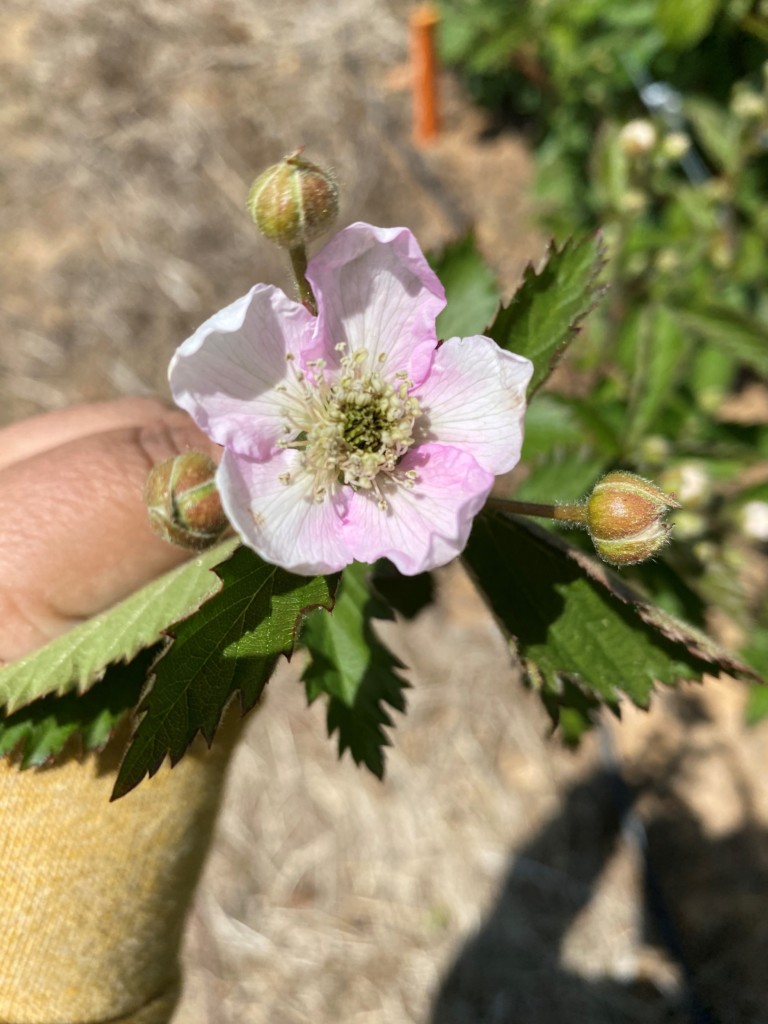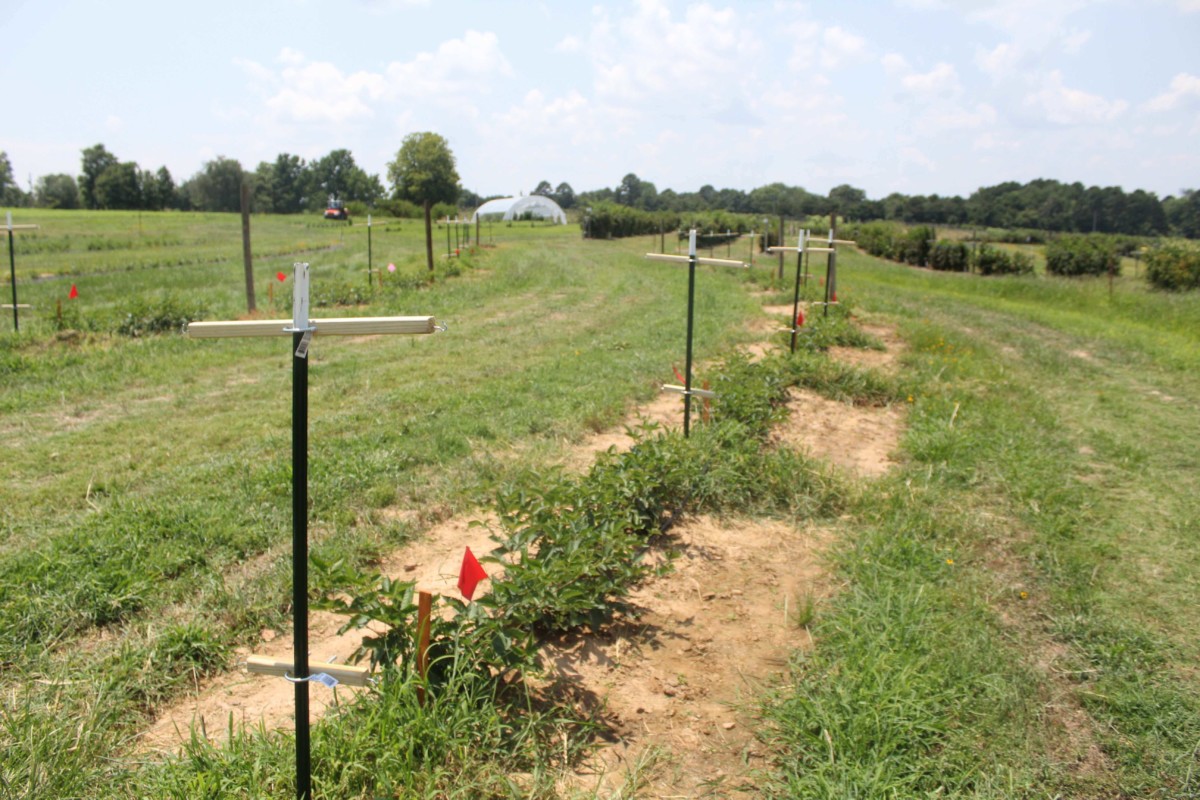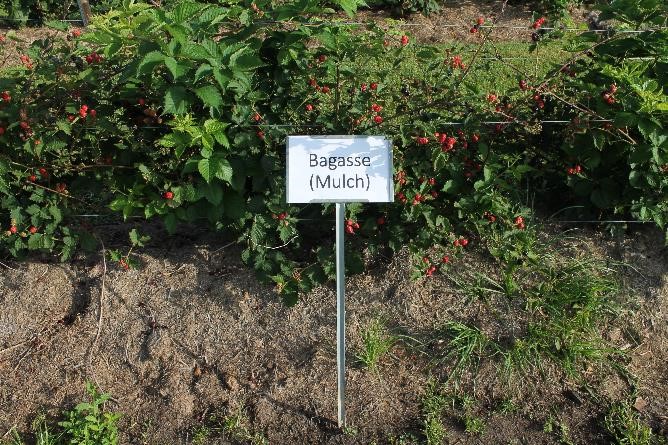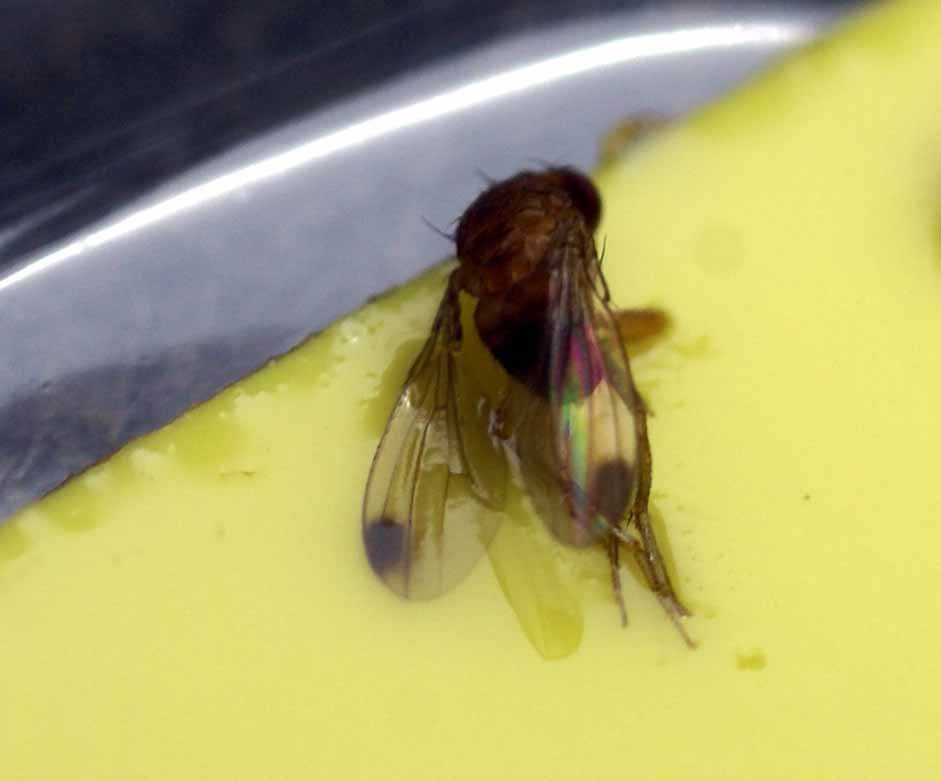Blackberries
Blackberry articles written by members of the Southern Region Small Fruit Consortium. More information on Caneberry crops.
-

Amanda McWhirt, Horticulture Specialist, University of Arkansas; and John Clark, Fruit Breeder, Distinguished Professor, University of Arkansas In the late winter and spring of 2021 we experienced two severe cold events in Arkansas that had the potential to impact fruit crops. The first event was arctic air that moved into the state during the week…
Posted in: Fall 2021 -

Kayla Knepp, Masters Graduate Student, University of Arkansas Weed management continues to be a major issue in blackberries. With increasing acres being dedicated to blackberry production there is a growing need to find more tools to combat the timeless issues of weeds. New plantings are particularly sensitive to weed competition and can quickly become overgrown.…
Posted in: Fall 2021 -
Gina Fernandez, Small Fruit Specialist, North Carolina State University Fall 2021 Plant growth and development Primocanes continue to grow but growth rate is slower Flower buds start to form in leaf axils on summer-fruiting types Carbohydrates and nutrients in canes begin to move into the roots Primocane fruiting types begin to flower in late summer/early…
Posted in: Fall 2021 -

Dr. Ron Strahan (Associate Professor, LSU Extension Weed Specialist), David Sexton (LSU Extension Research Associate Specialist), Stuart Gauthier (County Agent/Regional Horticulture Agent, LSU AgCenter) Weed management continues to be one of the major issues facing blackberry growers in Louisiana. Grower concerns prompted LSU AgCenter, Weed Scientist Dr. Ron Strahan and St. Martin Parish County Agent,…
Posted in: Summer 2021 -

Small Fruit News Editors: Amanda McWhirt, Doug Pfeiffer, Jayesh Samtani, and Rebecca Melanson Over the last year, there have been multiple efforts to identify the major issues affecting blackberry production in the Southeastern U.S. and priorities for research in this area. In an effort to clearly make some of these issues/priorities known to stakeholders throughout…
Posted in: Spring 2021 -
Margaret Worthington, Assistant Professor of Fruit Breeding and Genetics, Department of Horticulture, University of Arkansas A national survey of growers and related industry professionals was recently conducted to assess the current status and needs for research and extension in the US blackberry industry. The survey was launched with the goal of updating production statistics and…
Posted in: Spring 2021 -
By Dr. Gina Fernandez, Small Fruit Specialist at NC State University Spring 2021 has been WET in North Carolina, at this time, blackberry buds are just beginning to swell (see figure 1). Chores and timing may be somewhat different in your area or for your cropping system. For IPM recommendations and general production practices,…
Posted in: Spring 2021 -

By Douglas G. Pfeiffer, Dept. of Entomology, Virginia Tech, Blacksburg VA 24061 In January 2020, at the Southern Fruit and Vegetable Conference, a group of berry specialists met to discuss current issues in blackberry culture and pest management. This was for the purpose of producing a Pest Management Strategic Plan, an effort led by Gina Fernandez of…
Posted in: Spring 2021 -

By Douglas G. Pfeiffer, Dept. Entomology, Virginia Tech, Blacksburg VA 24060, dgpfeiff@vt.edu Spotted-wing drosophila (SWD), Drosophila suzukii (Matsumura), was first introduced into the US in 2008, first reaching the western states from Asia. It reached the Southeast in 2009, and continued to spread through much of the US through 2012, SWD has presented a huge…
Posted in: Spring 2021 -

By Aaron Cato, Extension Specialist, Horticulture IPM, University of Arkansas The buzz about broad mite seems to have picked up across the Southeast after reports of significant infestations in North Carolina during the 2019 and 2020 growing seasons. Broad mite has been a known pest of Southeast blackberry plantings for over a decade. The majority…
Posted in: Spring 2021